Hi, Thanks for joining, Go With The Flow: Women’s Cycle Awareness.
If you are new to cycle awareness, I encourage you to learn more by:
Clicking or visiting the “Start Here” tab found on the homepage navigation bar.
The menstrual cycle is divided into 4 unique phases that correlate to the seasons of the year and the moon phases.
Week 1/Inner Winter/Day 1-Day6ish/New Moon/Menstruation
Week 2/Inner Spring/Day 6-Day 13ish/Waxing/Follicular
Week 3/Inner Summer/Day 14-Day19ish/Full Moon/Ovulation
Week 4/Inner Fall/Day 20ish-Day28ish/Waning/Luteal
Today I want to take you on a forest-bathing, nature therapy walk as I give you some research tib bits and findings along the way to give us some aha moments about our own nervous system and nature’s ability to help us regulate.
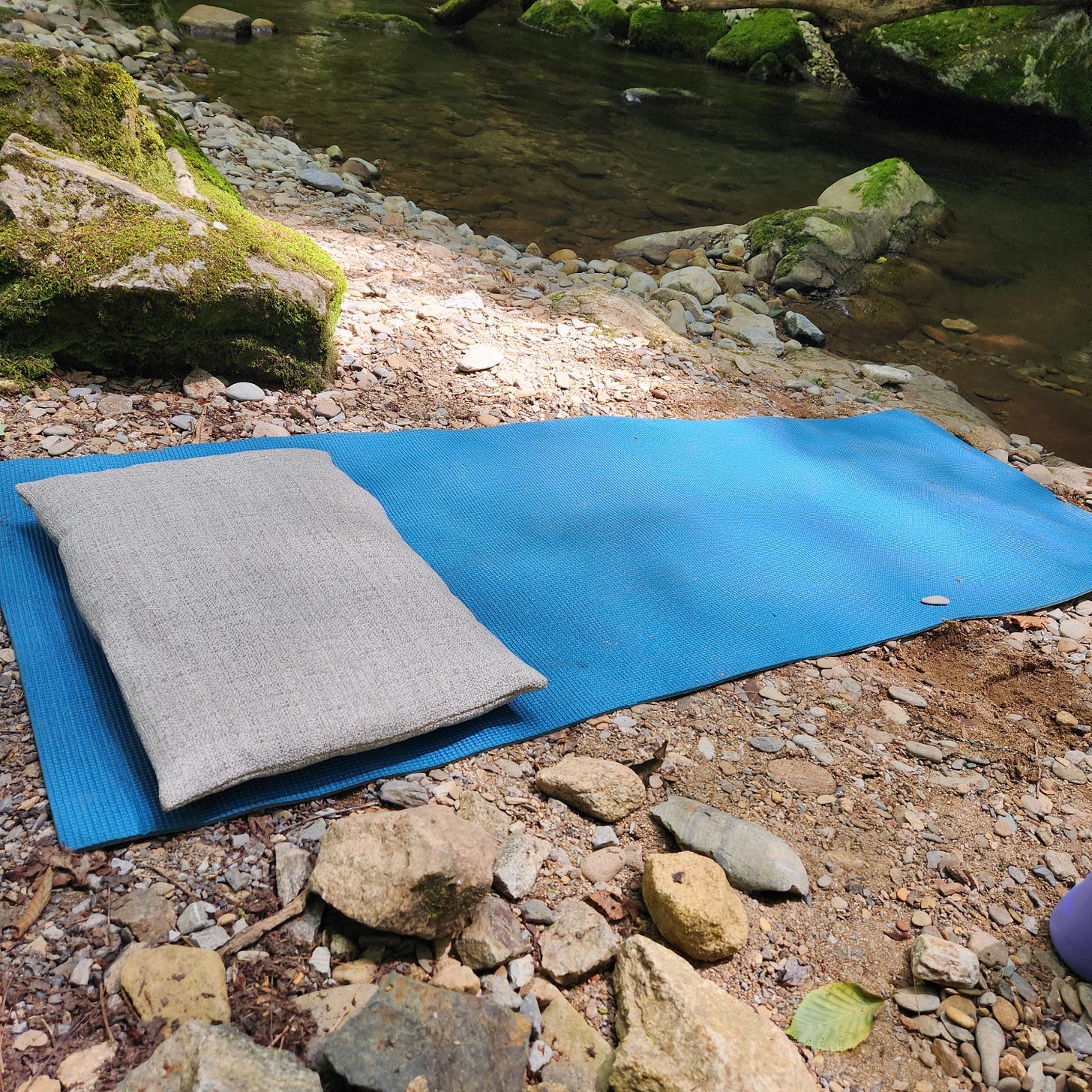
Nature is my true form of therapy. My ongoing goal is once a week, to go for a short drive deep in the woods away from the industrial age and the technology era. I escape my to-do lists and my “shoulds”, packing up layers and changes of clothes and snacks that could feed a large family (even though it is just me) and tell myself, just go. Just drive.
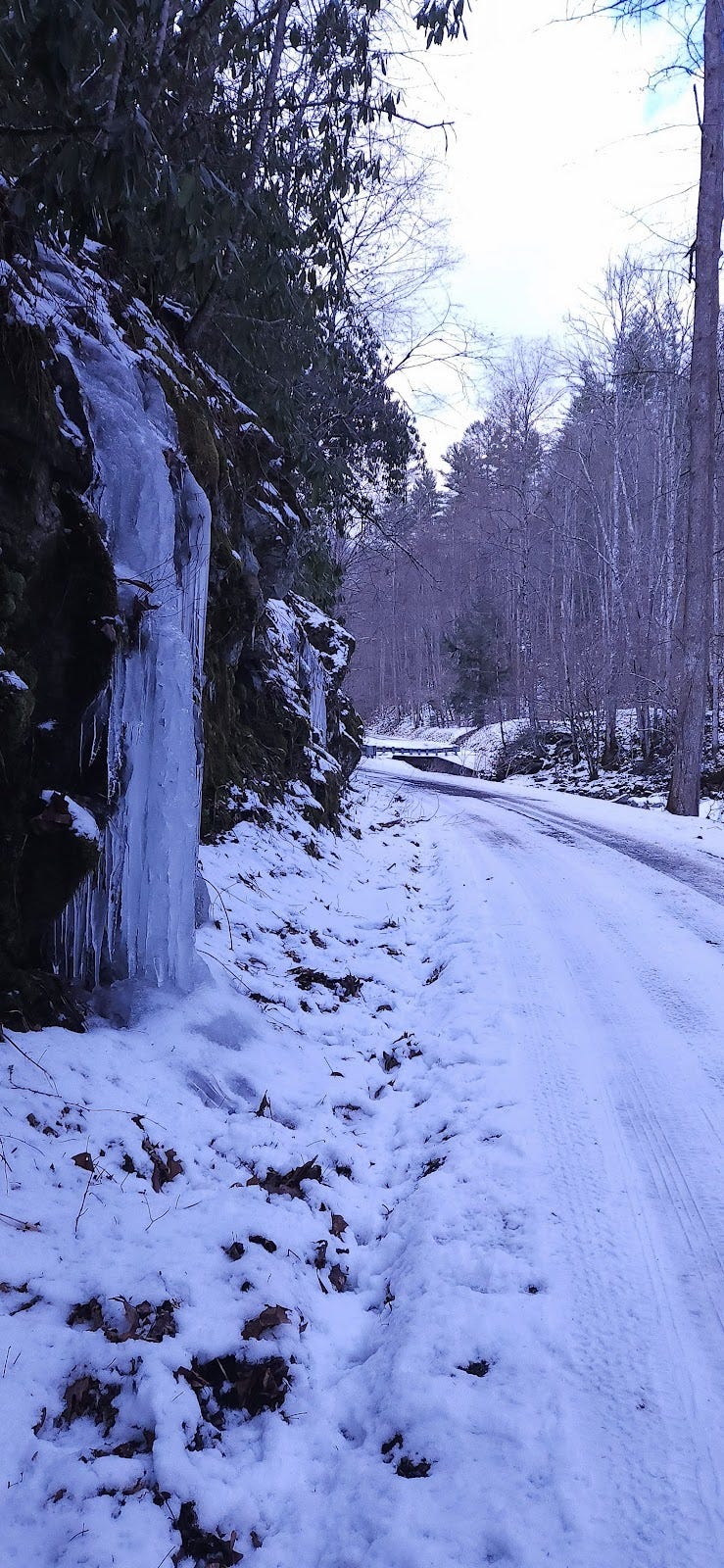
In the off season of winter, I pull up maps to search for new trail heads that I have yet to discover. Zooming into areas between roads, I look for the blue lines indicating rivers and streams and the dotted green lines indicating trails. This is where my curiosity blooms.
As I zoom in closely, I wonder, ‘How have I missed this trail for all these years?’
I pick an inner spring day in my cycle for exploring new trails. I find this as my perfect time to seek new adventures.
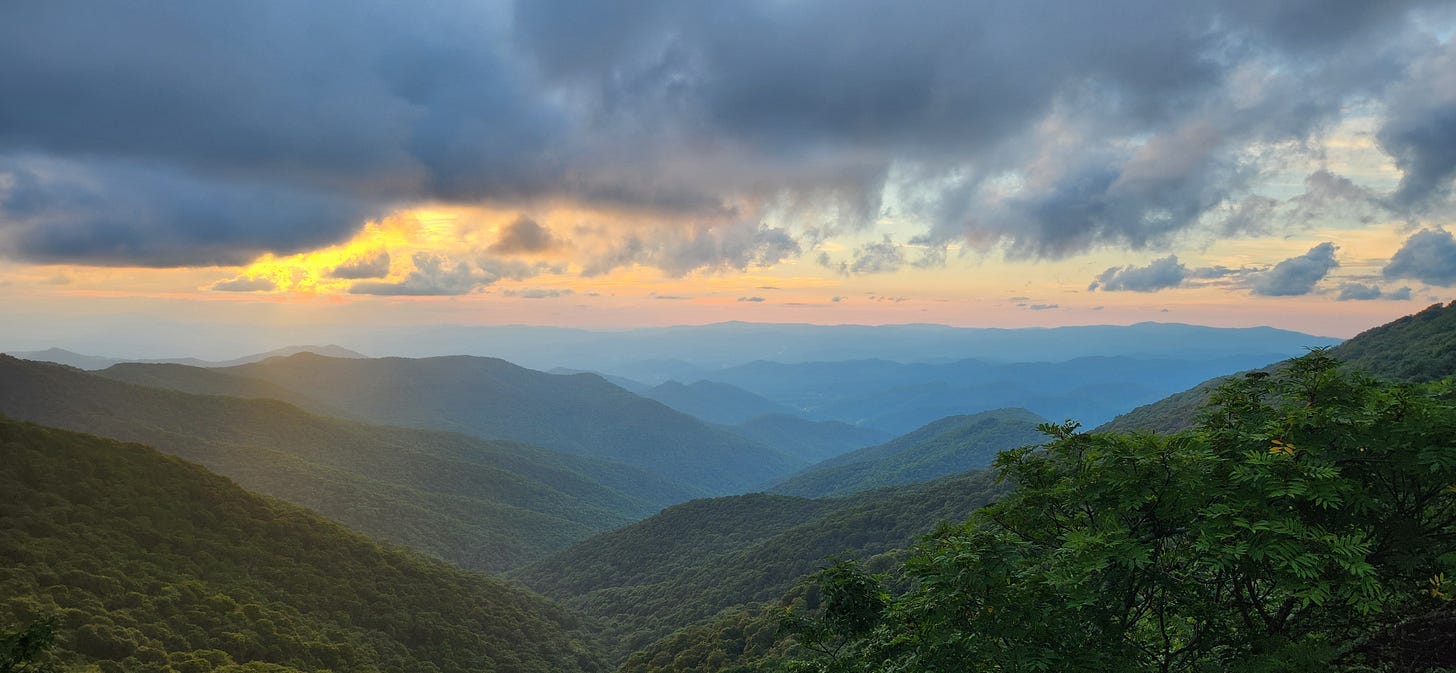
Most days, I pick my tried and true paths, observing the ever changing landscape through all the outer seasons that bring a cycle of life and death and new findings in between.
And now for a little nerdy health science
Nature bathing isn’t a new concept, just a buzzword. Recently, my uncle, who knows my love for getting some nature time, sent me a research article which touted the benefits of forest bathing (just getting into good ol’ nature) for an hour a week to improve killer T cells, the cells that help to rid the body of cancer causing cells.
Getting out into nature once a week is a way to help regulate the autonomic nervous system.
Your what now?
Autonomic nervous system. It is a negative feedback loop between the sympathetic nervous system and the parasympathetic nervous system.
Inner Summer in Outer Summer.
Sympathetic Nervous System: We can think of it like the yang energy of us. The go mode of us. The get up and tackle it, or get the heck out of here mode.
It is a network of cranial nerves that branch off from the brain stem down the spinal cord around T1 thoracic vertebrae and control the “fight or flight” response. It is a response mechanism designed for survival, but unfortunately many of us after dealing with prolonged stressors like working late nights, caring for aging parents and at the same time young children, dealing with daily traffic plus jam packed schedules, car breaking down, impending deadlines at work, eating on the go and with only 30 minutes for lunch break, rushing, rushing everywhere. This keeps the sympathetic nervous system on all the time.
Over time, we develop chronically high cortisol, wired but tired, inflammation, suppressed ovulation (because obviously we are in too much danger), insulin resistance, sluggish digestion or IBS, insomnia (why would we sleep if we are under attack!), and many more overtaxed nervous system problems.
Here’s a picture of the Autonomic Nervous System ANS
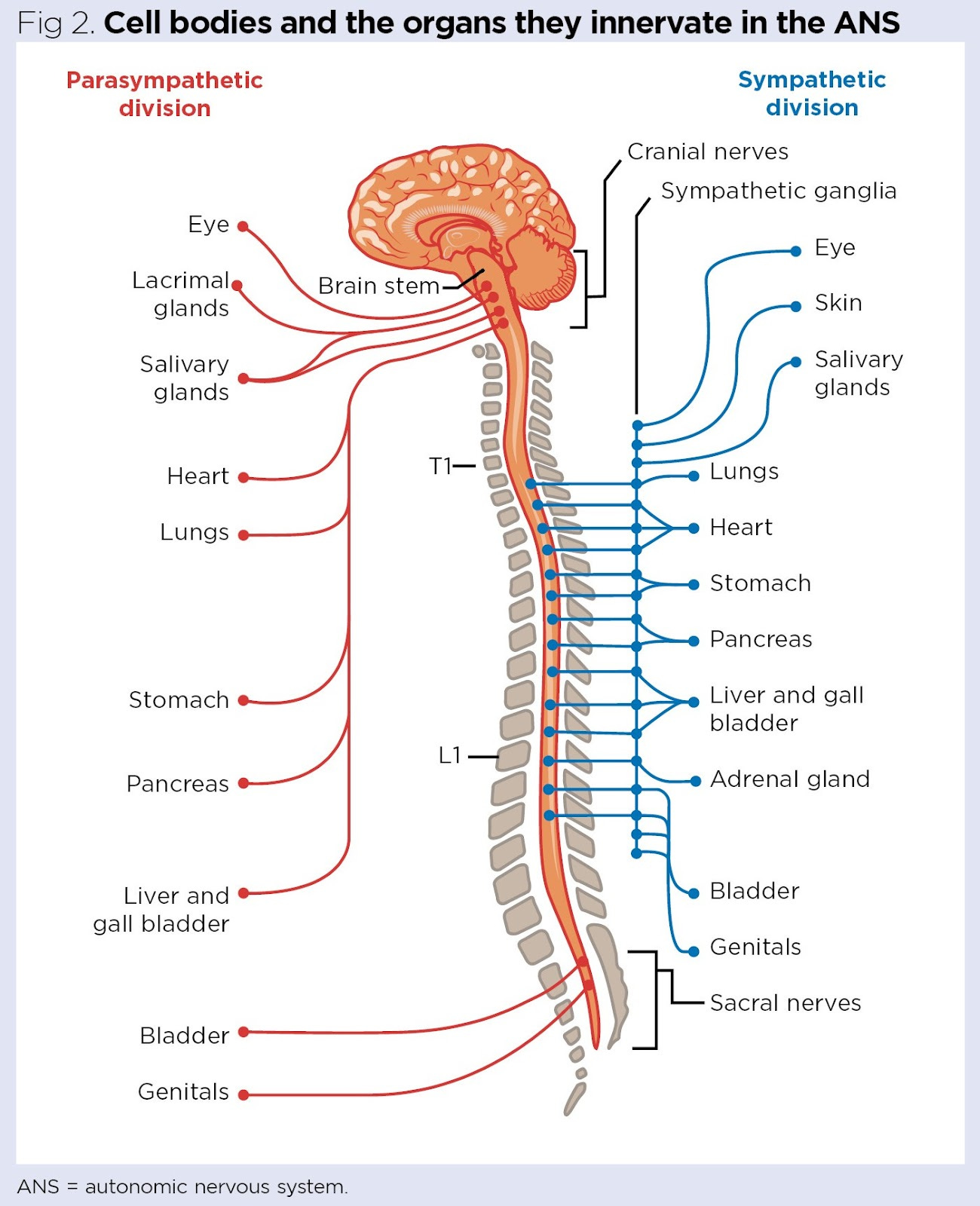
On the right side is the “activate” switch. You can imagine what can happen if the parasympathetic nervous system is not engaged to relax everything. Look at all the functions the blue controls in a heightened state.
Now to counterbalance this state of fight or flight is the parasympathetic nervous system.
Parasympathetic nervous system: We can think of it like the yin state, calm, cool and collected like the above photo taken during my Inner Fall in outer summer. It is the action of “rest and digest”. It is the state of being at rest. The way that you feel watching a sunset, or hearing the sound of waves or the patter of rain. It is the sense that all is well, of safety.
The parasympathetic nervous system begins at the cranial nerves at the base of the brain and branch down the front of the neck on the left and right sides just behind the jaw bone and continue down the front under the left and right clavicle along the sternum and down to the top of the diaphragm.
When the body recognizes a stress response is no longer needed, the parasympathetic controls the organs to slow the heart, deepen the breath, and aid in digestion and general relaxation.
A forest bathing study on autonomic nervous system in a 2023 study in Nanchang Jiangxi, China concluded that…
By exposing individuals to forest environments and implementing intervention measures, forest bathing effectively enhances the activity of the parasympathetic nervous system while reducing the activity of the sympathetic nervous system. Both dynamic and static forest bathing demonstrate positive impacts on human physical and mental health1
ANS and the menstrual cycle
The vagus nerve is the primary nerve of the parasympathetic nervous system. It ends at the uterus and regulates uterine activity. Blood flow and contraction is regulated by sympathetic and parasympathetic mechanisms.
In a pubmed study called, Menstrual Cycle-Related Variation in Autonomic Nervous System Functioning in Women in the Early Menopausal Transition with and without Insomnia Disorder published in 2016 had this to say about hormones and their relation to the ANS…
Estradiol is cardio-protective, associated with higher vagal activity and lower SNS activity (Saleh and Connell, 2007), while progesterone is associated with higher SNS activity (Genazzani et al., 2000).2
The study goes on to say… “there is a reduction in cardiac vagal activity and a shift to sympathetic dominance in the luteal phase compared with the follicular phase…”
It also continues to say that as estrogen declines in menopause that vagal tone decreases and sympathetic response increases.
All the more reason to get into nature in the 2nd half of the cycle and in the 2nd half of life.
So to counteract the yang and rush and go mode, I enjoy nature therapy strolls.
As I have become sensitized to how I feel when I don’t go to the woods for a few weeks, a feeling of angst, low mood, stuck, shallow breathing etc., I remember that the woods brings back my parasympathetic rest state.
I enjoy going to the woods in every inner season of my menstrual month. How I interact with nature is different in each season.
It is my opinion that we can bring harmony to our inner season states of being when we are able to go into nature in each menstrual phase, whether alone or with friends.
When I was a young girl, I spent summers not at Camp, but camping with my grandparents in my own mountain region campgrounds. Every summer, they brought their camper from Florida from June to September and I grew up a happy camper.
I remember my secret spot where I would take a book and sit by the creek and read and get lost in beautiful imaginary worlds.
Now, I have many secret spots that I go to. I write, think, read and sing at these spots.
Where is your secret nature spot?
Thanks for joining me on my walks.
Go With The Flow,
1
https://www.mdpi.com/1999-4907/14/8/1592#:~:text=Conversely%2C%20when%20parasympathetic%20activity%20is,human%20physical%20and%20mental%20health.
2
https://pmc.ncbi.nlm.nih.gov/articles/PMC5135590/#:~:text=Most%20studies%20based%20on%20short,above%20any%20effects%20of%20insomnia.





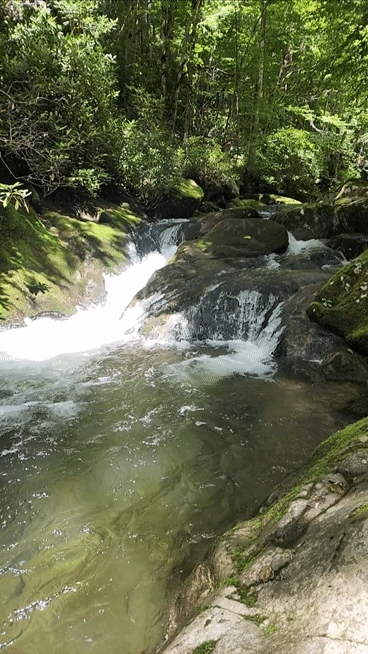

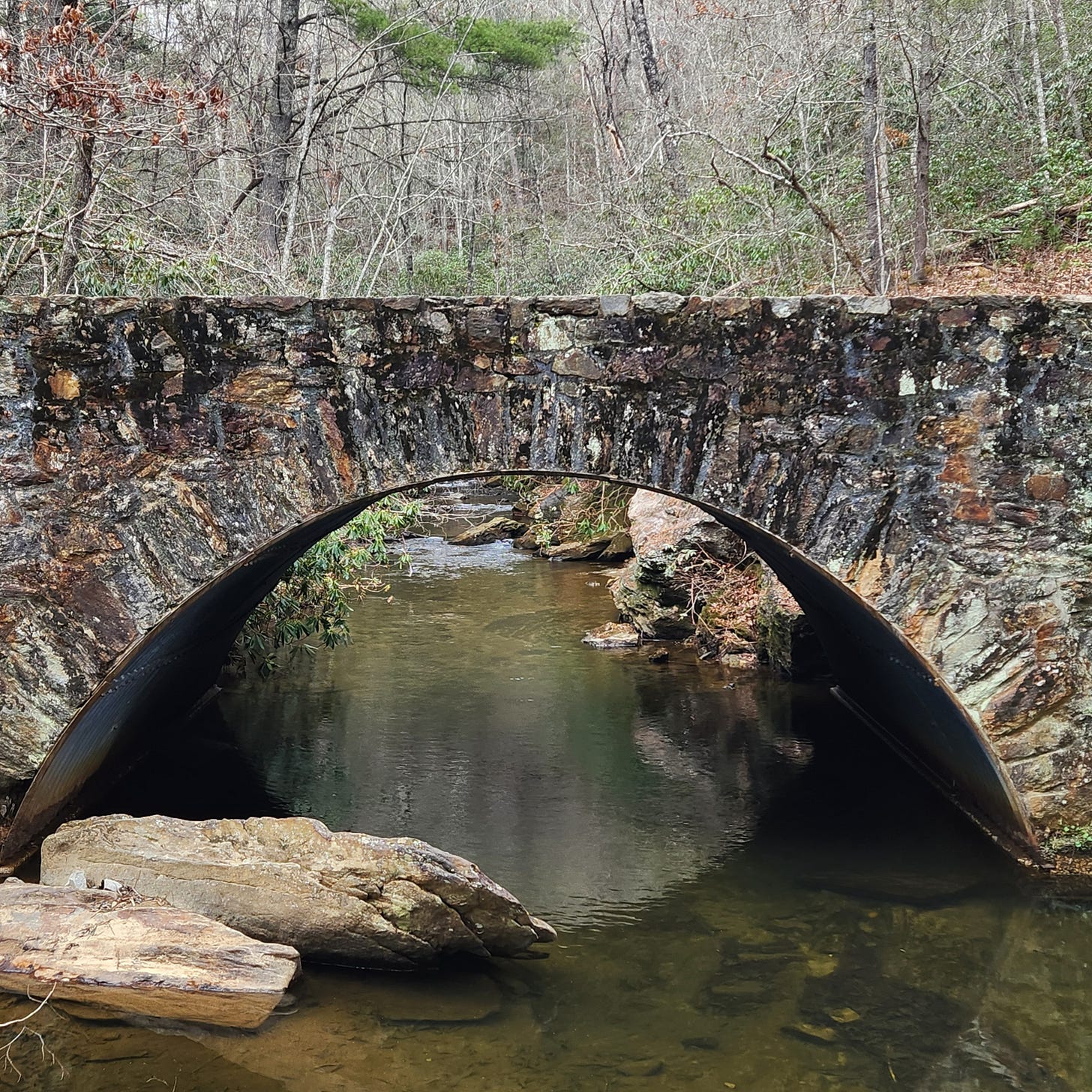
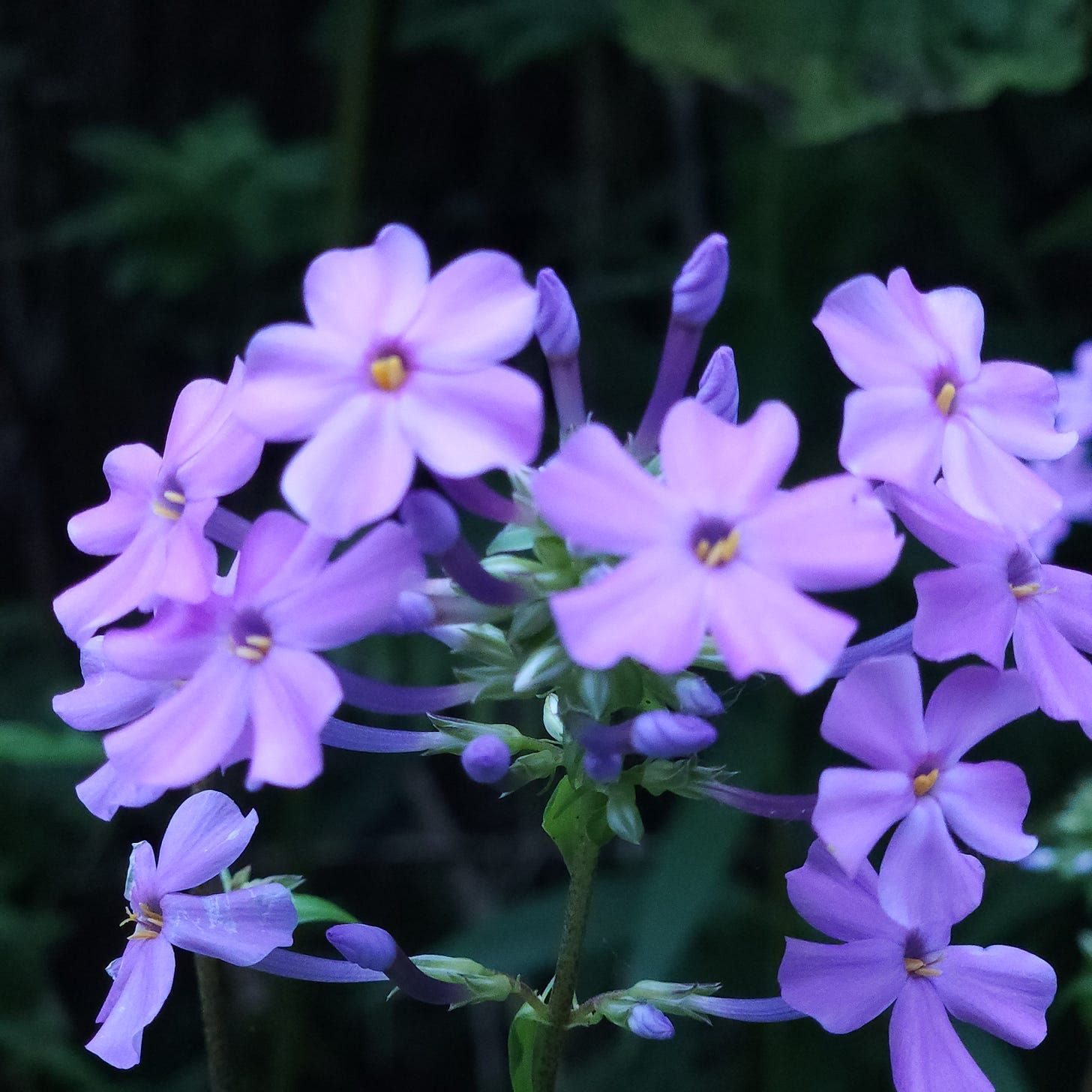


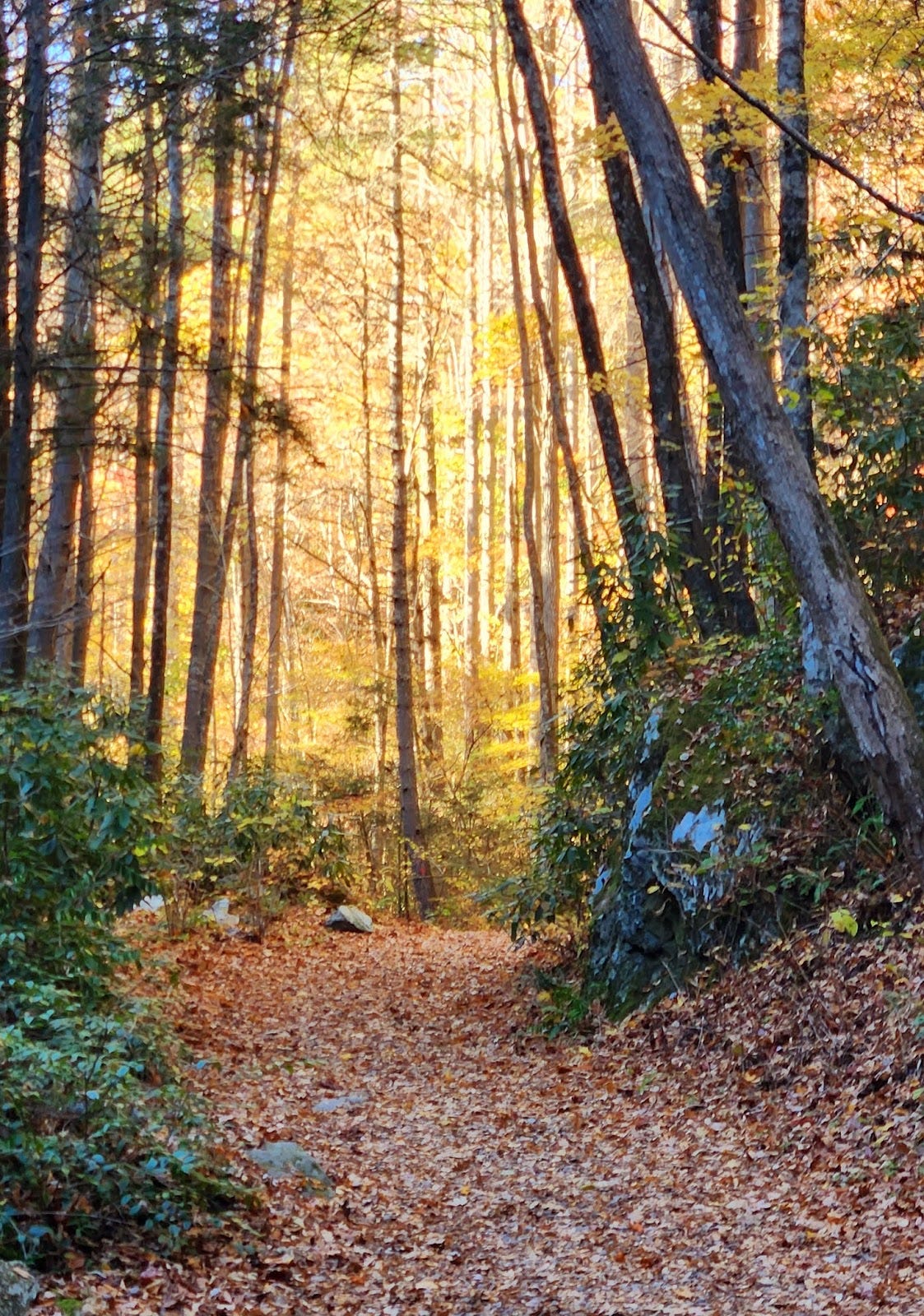






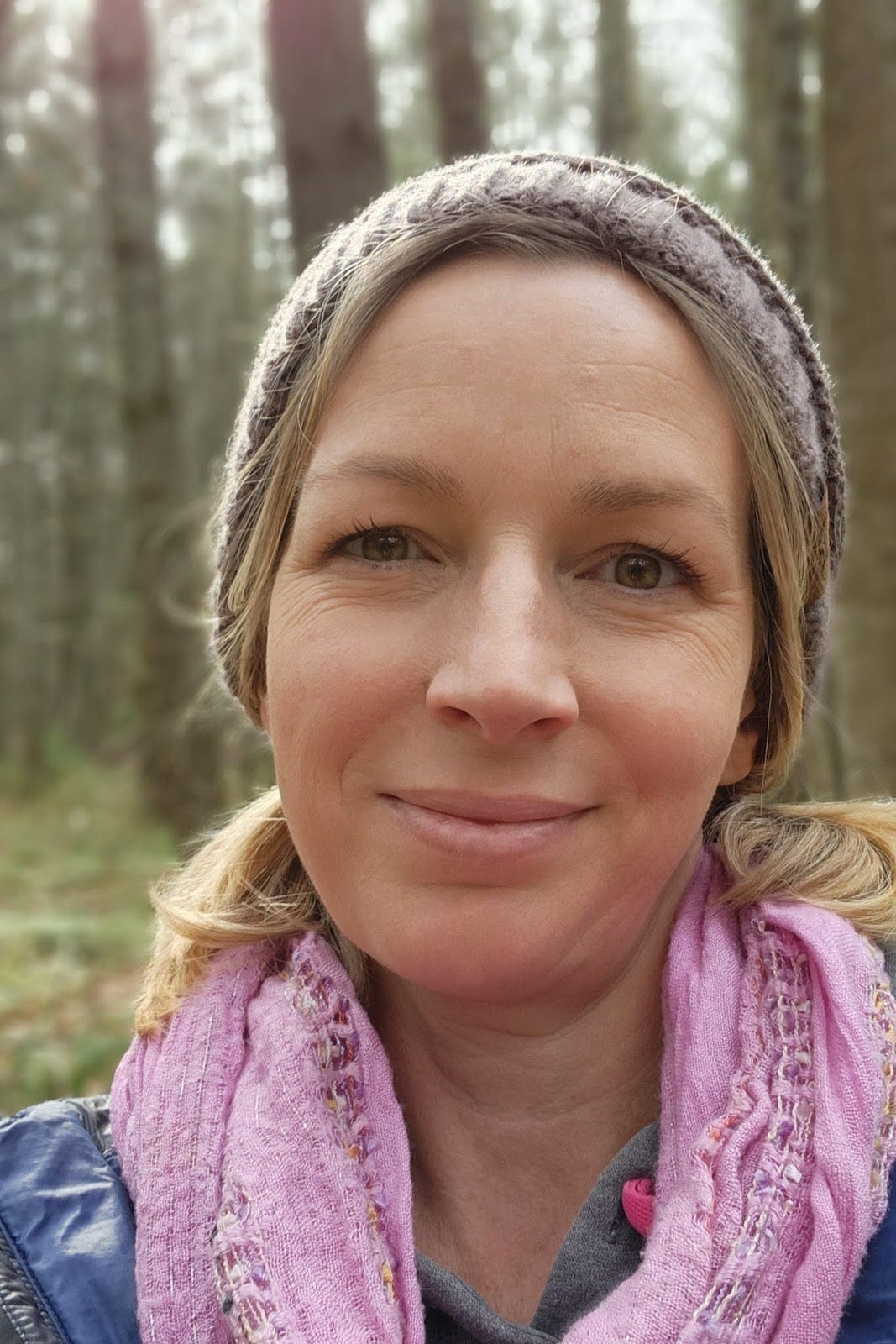


Come visit me and I'll take you to the most magical places. 🤗
Nature has always been a balm for me as well! When things aren't so smooth in my head, I know a walk will always do me wonders, and even better if I can get out on a trail. Many people talk about the importance of the vagal nerve, but few point out that it ends in the uterus which is fascinating to me.
Reading this: “there is a reduction in cardiac vagal activity and a shift to sympathetic dominance in the luteal phase compared with the follicular phase…” proves that we are prone to mood fluctuations in the second half of the cycle (all the more reason to get outside and invite the parasympathetic nervous system to come online). I think winter and cold and the shorter, darker days easily provide excuses to not get outside (speaking from experience), but the little bit of effort it takes to bundle up has had lasting. positive effects for me.